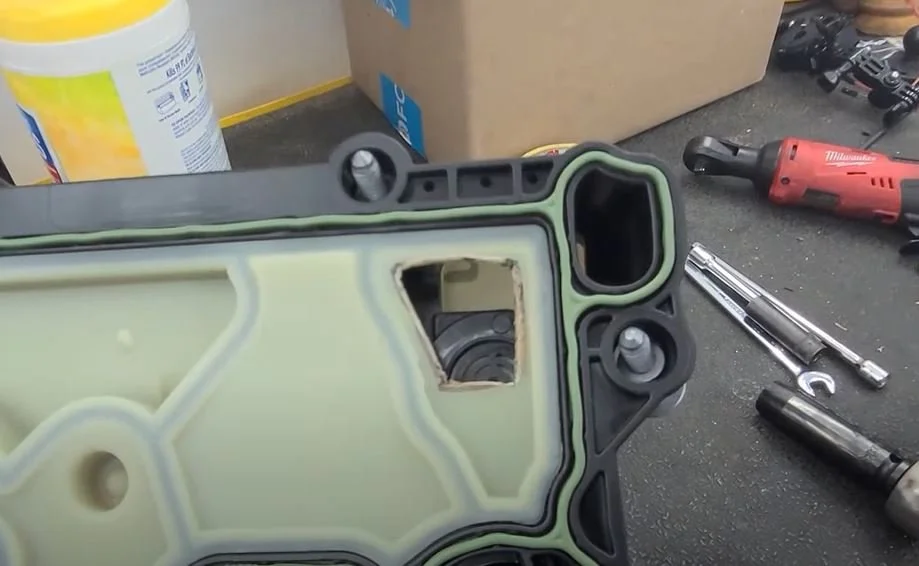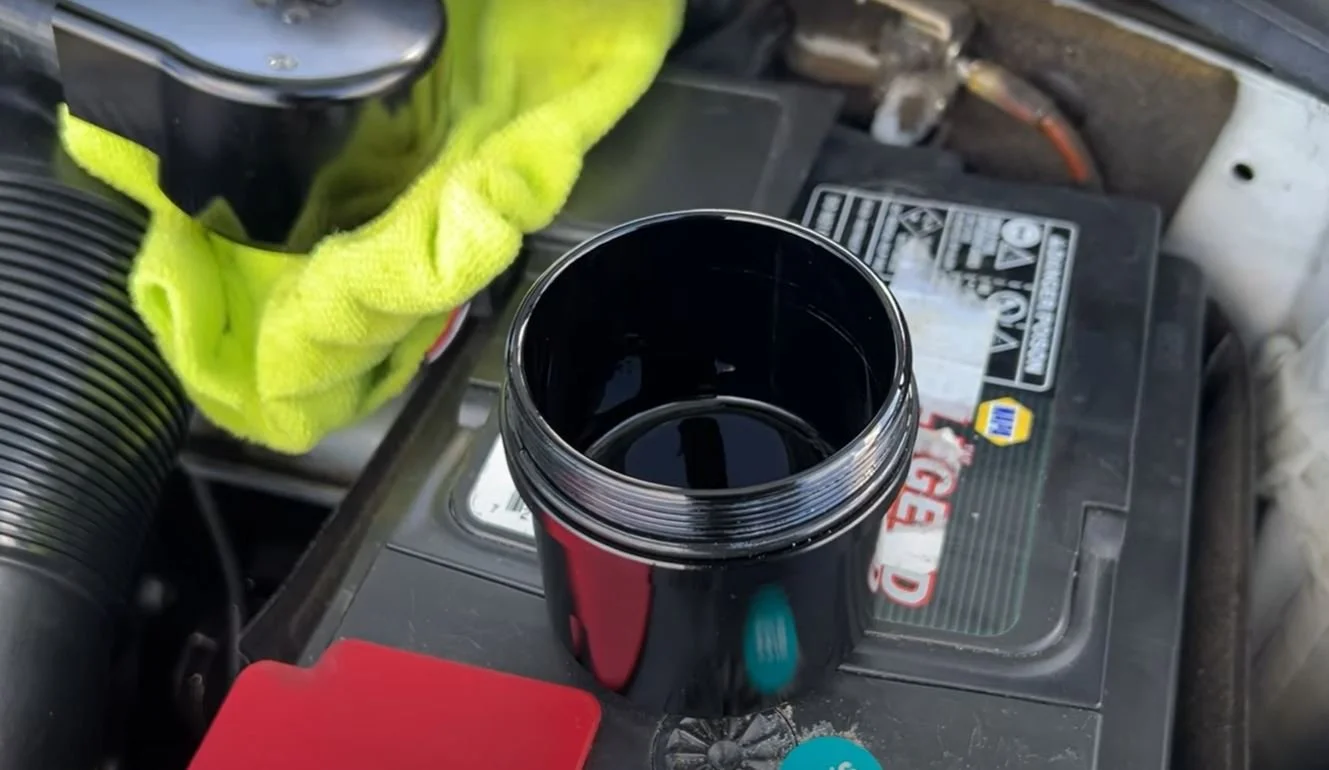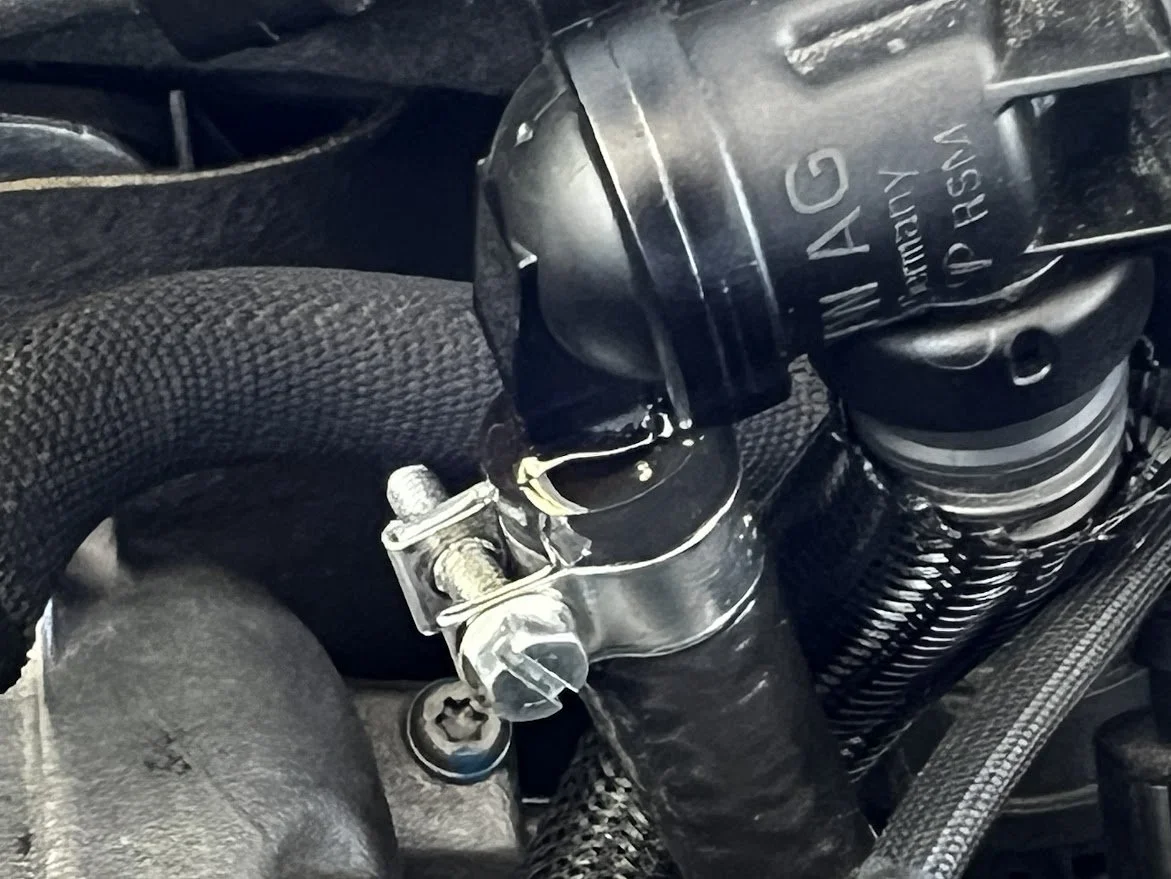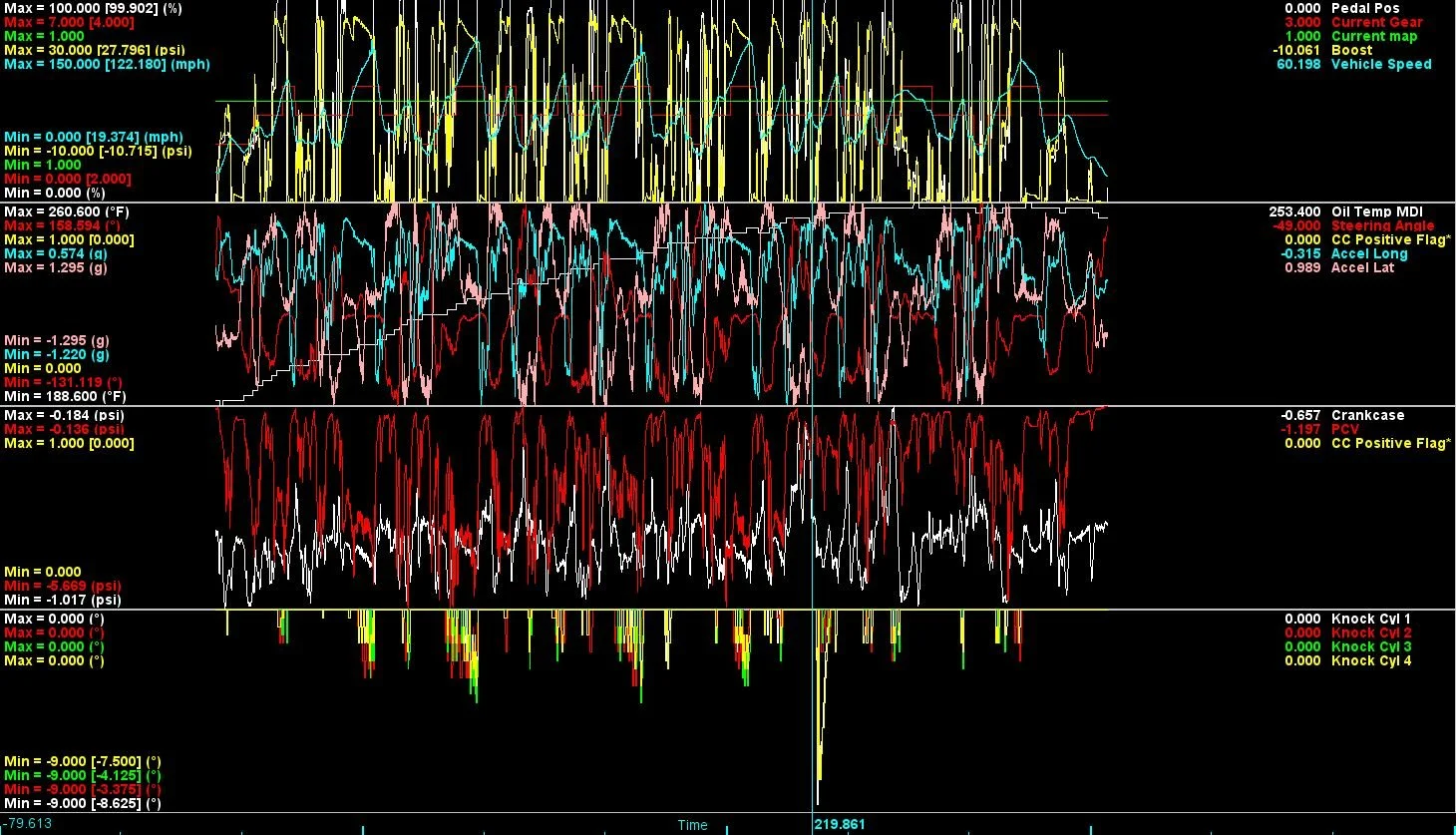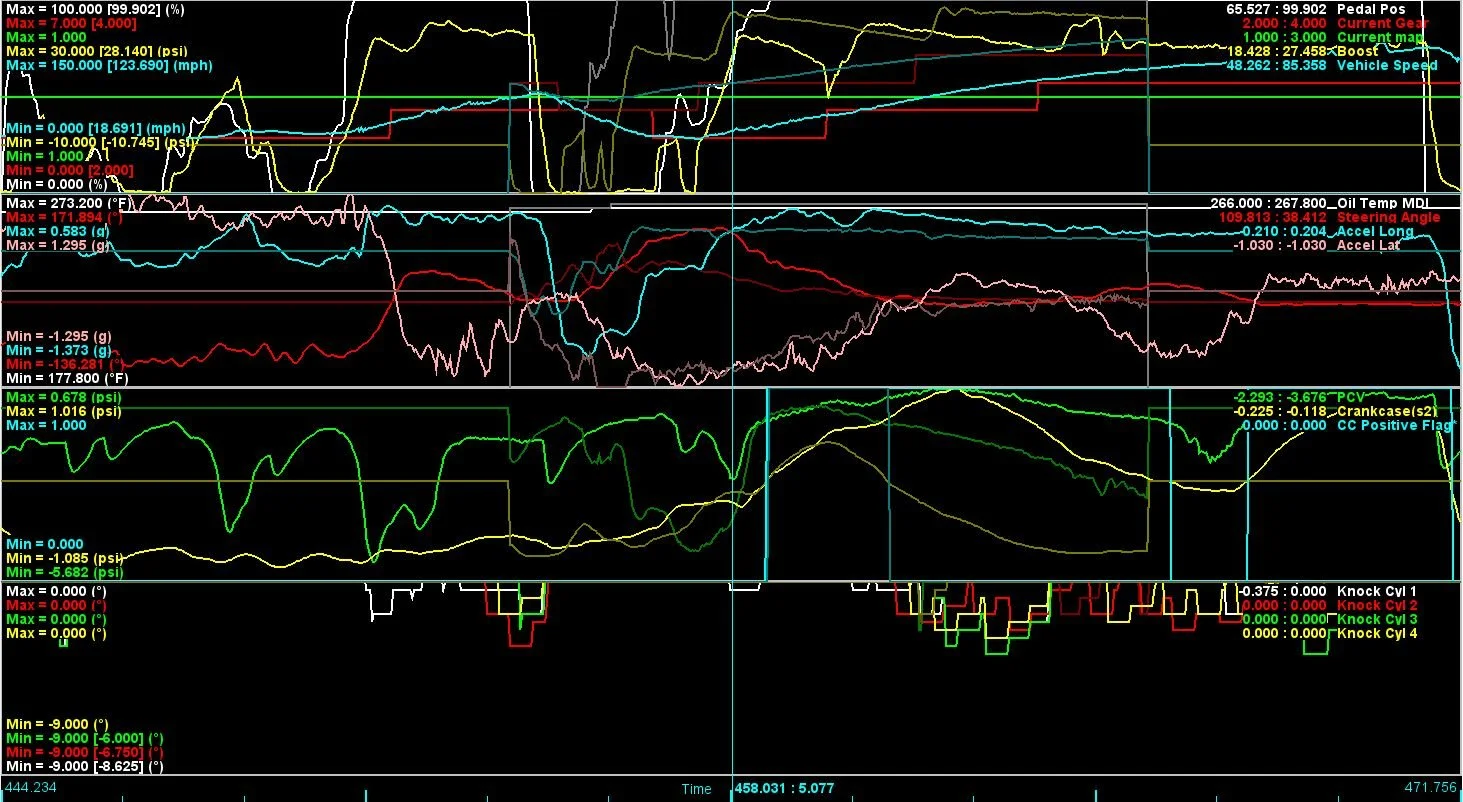Fastivus at Summit Point: October 2024
Tons of fun with buddies, new PB, and more PCV answers
Fastivus 2024 was held again on the Shenandoah Circuit at Summit Point Motorsports Park. It’s great because it’s a relatively low cost, low stress event. Lots of buddies from all over come out and it’s a ton of fun catching up and just shooting the shit in general.
If you have one of these cars and you’re anywhere near Summit Point, you absolutely owe it to yourself to come out next year. Even if you’re not driving, come hang out and bring a helmet and you can ride along with some of the instructors or people cleared to take passengers. There is also a car show if you’re into that as well where a bunch of prizes are given out at the end of the day.
Making the event possible
For starters, Fastivus is always a TON of fun, and is an event I’ve looked forward to since my first time in 2022. VWs aren’t super common at “normal” track events, so it’s always great to see a bunch of them together. Everything from older MK1s to the newest MK8s. It’s a lot of fun that wouldn’t be possible without the help of a bunch of sponsors: A BIG shout out goes to Track Daze, New German Performance, Lindsay Volkswagen, VW Racers, and APR for sponsoring the event.
Lining up before heading out for parade laps.
I also wanted to make a special mention of Sixth Media Group and Charles Strosnider Photography. Both took photos of the event free of charge and are responsible for most of the photos you see on this page.
Links to their full albums are here:
Charles Strosnider Photography - Fastivus 2024 Album
Sixth Media Group - Fastivus 2024 Album Part 1 | Part 2 | Part 3
Changes to the car
No changes to the car since last autocross aside from putting the track tires and brakes on.
While there were no changes to the car since last autocross, this was the first real track event with the IS38. I don’t count the July tuning day spent at NCCAR since I was really just doing that: tuning.
This was also the first track event on my car with the vented MK8 PCV valve
We recently confirmed there are so many variables that can determine success or issues w/ the MK8 retrofit (or really any of the OEM PCV valves). I wanted to at least validate if the cut out valve was potentially worthwhile or not on a 19+ car.
Some stuff worth knowing:
My 2019 GTI has not had any notable issues when on IS20 power aside from a blip of positive pressure measured in the crankcase back in May. All in T17, the worst of which measured 0.5psi on the crankcase.
IS38 to replace the IS20 - it SHOULD generate more blow-by and push the system harder. I ran the entire event on my spiciest tune which should be most comparable to some off the shelf IS38 tunes as far as boost and timing go.
Summit’s Shenandoah Circuit instead of at VIR - realistically the Shenandoah Circuit is likely way harder on the PCV system due to multiple tight RH corners.
Now if I hadn’t had any notable issues with the MK8 retrofit before… why would I run the modified version on my car? The real experiment was with it ventilated to the cam cover, the hope was that it wouldn’t be possible to make the crankcase go into positive pressure at all. It’s worth mentioning this modified valve WAS run with no issues at an autocross (with the IS38).
Track sessions summarized
First Session
First session out: zero problems. There were a couple blips of KR up to -6.0 deg on cyl 1, but nothing particularly concerning otherwise.
Second Session
Because I’m an idiot - I didn’t bother checking the catch can after the first session. It had never been a problem before, so the combination of complacency and chatting with buddies led to issues that started to make themselves noticeable in the second session. This was both the session where I didn’t empty the can, and also the longest session I drove (7 laps, not counting the in/out laps). I never noticed any smoking etc. while on track, but I did register up to -10 deg of KR on cyl 1, found when reviewing the data. Not ideal.
There was also one small blip where the crankcase pressure reached +0.259psi as well. In the grand scheme of things not a big deal as long as it’s not frequent… but I was really hoping to NOT find this in the data with the ventilated PCV. While the ventilated valve seems to have sorted a few 2015 cars as far as their smoking issues go, I can be a lot more critical of my own car since the PCV and crankcase sensors are fitted. In a nut shell - while it might have improved the issue on some other cars, it’s certainly not the answer I had hoped it might be on mine.
Catch can contents after 2 sessions. This was the most I've ever gotten out of the car. Likely a combo of the track layout + IS38 + the modified PCV valve. While it doesn't appear "full"... you really don't want it getting much higher because otherwise it can slosh and be sucked into the TIP. A "better" can with some baffling might be more tolerant of such cases, or take longer to fill.
The biggest issue encountered was the “bleeding” of oil through the Venturi assembly. It’s worth noting that while there’s not a “ton” of oil in the can, it is more than I’ve seen before… and also this 2nd session was where I consumed a little under a half quart of oil. I suspect most of it was taken through the intake ports (blue passage if you’ve seen the other videos) when pressure in the can was present while letting off the throttle.
Interestingly enough, even though other issues persisted this was the ONLY session where any notable amount of oil was consumed. The following 2 sessions I saw no issues. So I suspect not dumping the catch can MAY have been a major contributing factor. Bottom line though, oil leaking around the Venturi right near the turbo is not good.
2-1/2th Session
I was cleared to run in both the advanced and instructor groups. While I didn’t have any intentions of double-dipping for more track time, Andres (one of the event organizers and awesome guy all-around) insisted I get out there. THIS is the session where the data gets really interesting. I managed to go out and put down relatively consistent laps for the 4 I did ( 1:43, 1:40, 1:41, 1:42 ). I ended up seeing a bunch of positive pressure on lap #4… 1.0psi positive peak, and was in positive pressure nearly the entire way down the bridge straight. I pulled in after glancing over at the data logger and noting the peak value recorded as I wanted to see if the catch can was full again, which it was.
3rd Session
The last session I almost always just do a few laps for fun and then come back in. I also took a passenger along. While I wasn’t really expecting to get into it… by the time the out-lap was completed… I was just in a “flow state” where the car just felt good and I was hitting all my marks. I used the out lap to get focused, the car felt pretty good, and strangely enough I think that having a passenger in the car helped with the car braking deeper more consistently. I didn’t feel like I was pushing particularly hard, but it was just coming naturally.
It was on lap 1 of this session where I set my new PB (linked at the very top of this article)… despite being stuck behind my buddy Adam in his IS38 wagon entering the carousel. I didn’t mind, and while I probably could have flashed my lights at him on the bridge straight (I definitely thought about it)… I just didn’t want to be a dick and reiterated to myself that hyper-fixating on a lap time (which I now knew was slated to be a high 1:38-low 1:39) was not the way to drive in the last session of the day. Especially with a passenger in the car.
It ended as a 1:40.22 which is still plenty respectable for a very basic bolt on IS38 GTI.
Observations in the Data:
Above are quick overall snap shots of the knock retard (lowest graph) logged over all the sessions (in chronological order). Notice that while there might be little bits here and there, the large instances of it don’t start happening until partway through the session? I’m thinking there’s a possibility it might be heat related… none of the really large instances (4+ deg KR on any single cylinder) happen until the oil is above 245F or so. Of course it also stands to reason that if you’re pushing harder as the laps go on that problems will show themselves at that point as well, but it is something to look into further.
Also notice that the crankcase pressure (white lines, third graph) tends to trend “less negative” overall as the sessions go on? This could be due to the spring in the diaphragm getting softer with heat.
Less obvious in the above snips is the fact that UNLIKE the VIR logs of crankcase pressure spikes… the PCV vacuum levels were far lower on Shenandoah than at VIR when the pressure spike happened.
Brighter shaded lines from Shenandoah, lighter shades from VIR in May. The PCV vacuum curve is relatively similar overall but overall levels were far lower on Shenandoah. This could be attributed to any number of the things that were changed or differences in the two corners.
I am thinking that it’s plausible the Venturi was getting oil soaked and losing effectiveness as time went on. This became a vicious cycle of hurting it’s ability to quickly extract blow-by. The oil being pushed out of the Venturi body is certainly a sign of pressure building up and oil passing through it.
It’s also entirely possible that the valve was filling up with oil and becoming the choke point… BUT I think if the restriction were originating in the valve itself, then we would see a massive negative spike on the PCV sensor because it would be drawing vacuum on a much smaller volume for a short period of time.
The other thing to consider is the fact that basically as SOON as you let off the throttle… the crankcase pressure recovers almost immediately. If the valve is truly clogged internally… I’d expect it to be heavily delayed… BUT on the other hand you’re also now providing way less blow-by to keep from slowing recovery. This would certainly explain the large amount of KR logged immediately afterward as well. This is just a potential theory and realistically probably will never know the true answer.
I did get a little bit of oil in the turbo inlet pipe, so popped off my intercooler hoses to check and fortunately there was nothing there.
Zoomed in on a moment where the crankcase went slightly positive.
Summary:
It seems to me that time and/or temperature could be a factor in OEM style PCV effectiveness. It might even be a case where some tracks with a hard RH corner have enough time between the others for the system to essentially “recover”.
There is also the negative effects of the oil getting to the Venturi to consider. In hindsight, I think that if somebody wanted to better implement a catch can with the MK8 PCV, something like the Radium MK8 catch can kit would be the best way to do so. It would intercept the Tiguan hose right out of the PCV valve and run through the can prior to getting to the Venturi. This shouldn’t allow oil to reach the Venturi, which I believe may have been reducing it’s effectiveness. This would not do anything to help oil from going into the cylinder head passage by the intake valves though, which looks to be a confirmed source of oil ingestion. There’s also the question of if the Venturi were to remain effective, the buildup of pressure right before letting off throttle might not force oil into the intake valve passageway.
I’m not 100% sure what I’ll be doing next, though I’ll likely try back-to back testing of the ventilated vs non-ventilated valves at VIR in December on IS38 power to at least compare to what I was seeing with the IS20 back in May. It might at least somewhat form a rough idea of how much of the problem was the added power vs the track difference.
I’ve got some other stuff to go over in more detail specific to the PCV stuff on not just my car, but another so that is currently being put together.
PCV stuff aside: The dedicated track tool set is coming together nicely - it absolutely makes packing and unpacking for events so much easier/faster. The IS38 is dumb-fast. Heat generated by it really wasn’t as bad as I thought it would be. Kumho V730s are fantastic. These have about 12 days on track and still a bit of life left (though it doesn’t look like it due to their “tread pattern”).
I’m hugely looking forward to next year already.


